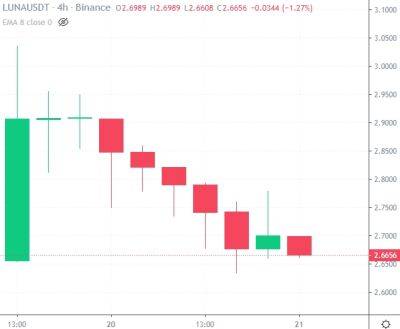Wallets like MetaMask need to become more user-friendly
After Ethereum’s long-awaited Merge, it’s an ideal time to think about how we can also improve smart contracts. Essentially apps that run on blockchains, smart contracts are a vital component of our Web3 applications. But interacting with them remains quite dangerous, especially for non-developers. Many of the incidents where users lose their crypto assets are caused by buggy or malicious smart contracts.
As a Web3 app developer, this is a challenge I think about often, especially as waves of new users keep onboarding into various blockchain applications. To fully trust a smart contract, a consumer needs to know exactly what it’s going to do when they make a transaction — because unlike in the Web2 world, there’s no customer support hotline to call and recover funds if something goes wrong. But currently, it’s nearly impossible to know if a smart contract is safe or trustworthy.
Related: Liquid staking is key to interchain security
One solution is to make wallets themselves smarter. For instance, what if wallets could tell us if a smart contract is safe to interact with? It’s probably impossible to know that with 100% certainty, but wallets could, at minimum, aggregate and display a lot of the signals that developers already look for. This would make the process simpler and safer, especially for non-developers.
Here’s a deeper look at the advantages and disadvantages of smart contracts, why they seem like the Wild West now, and how we might improve the UX for using them.
For developers, using a smart contract as the backend for their app has enormous potential. It also increases the potential for bugs and exploits. It’s great that smart contracts can be created by developers without asking anybody for permission, but that can
Read more on cointelegraph.com
















